#5 in Vietnam
Sữa Đậu Nành: Basic Information
Pronunciation
Alternative Name(s)
Drink Type
Mealtime
Popular Sữa Đậu Nành Variations
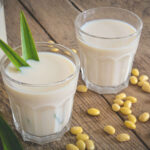
Sữa Đậu Nành Lá Dứa
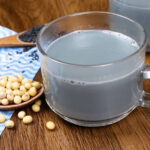
Sữa Đậu Nành Mè Đen

Sữa Đậu Nành Bạc Hà

Sữa Đậu Nành Hột Gà
Sữa Đậu Nành: Ingredients and Preparation
Main Ingredients
Main Preparing Method
Preparation Process
Sữa Đậu Nành: A Deep Dive
Cultural Significance
Taste
Texture
Aroma
Color
Serving Style
Serving Temperature
Accompaniment
Occasions
Calories
Popularity
Popular Similar Drinks
- Sữa Hạnh Nhân
- Sữa Gạo
- Sữa Yến Mạch
- Sữa Hạt Điều
- Sữa Đậu
- Sữa Hạt Gai Dầu
Popular Dining Area
Sữa đậu nành, or soy milk, is a traditional Vietnamese beverage made from soybeans. It is a type of plant-based and lactose-free milk popular in Vietnam, where vegetarianism and lactose intolerance considerably influence food choices.
Sữa đậu nành is very easy to prepare at home. Vietnamese people usually flavor their soy milk with pandan leaves and, sometimes, condensed milk.
Some sữa đậu nành variations can have additional ingredients, such as mint leaves, sesame seeds, or egg yolks.
Paper-packed soymilk is also common. Vinasoy, a Vietnamese company specializing in soy milk, constituted more than 92% of Vietnam’s processed soy milk market in 2021.
Vietnamese people have several dos and don’ts regarding sữa đậu nành consumption. For example, soy milk shouldn’t be consumed with seafood, honey, eggs, spinach, and scallions.
However, the scientific evidence for such rules is rather scant.
Read on to discover how sữa đậu nành is prepared in Vietnam. Sữa đậu nành is famous for its nutritional profile, which I will explain in depth when discussing the pros and cons of the beverage.
Next, I will delve into common concerns about sữa đậu nành and recommend similar dishes.
Key Points
Sữa Đậu Nành Images
How to Make Sữa Đậu Nành?
The making of sữa đậu nành requires the following 3 steps:
Step 1: Soaking the Soybeans
Submerge the soybeans in water overnight.
Step 2: Grinding and Filtering the Soybeans
Grind the soaked soybeans with water in a food processor. Strain the soybean juice out of the paste through a nut milk bag or a cheesecloth. Add water to the paste and repeat the process one more time. Filter the juice.
Step 3: Cooking Sữa Đậu Nành
Add the soy milk juice to a pot and bring it to a boil, then turn down the heat to simmer. Stir occasionally to prevent sữa đậu nành from burning at the bottom or coagulating at the top. Add pandan leaves to make soy milk aromatic.
The steps above illustrate the basic steps for making sữa đậu nành at home. Alternatively, you can simplify the process by using a soy milk maker. Add the soaked soybeans to the appliance, and it will handle the grinding and simmering.
Sữa đậu nành can be mixed with various ingredients to create many variations. Let’s discover what they are.
What Are Popular Sữa Đậu Nành Variations?
There are 4 well-known variations of sữa đậu nành in Vietnam, and mentioned below.
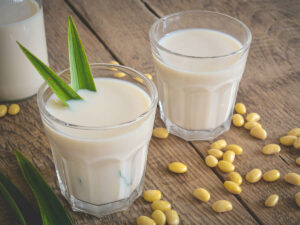
Sữa Đậu Nành Lá Dứa
Flavored with pandan leaves
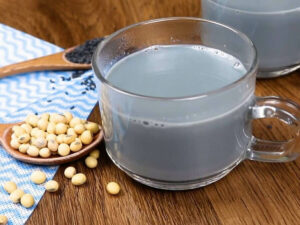
Sữa Đậu Nành Mè Đen
Made with black sesames
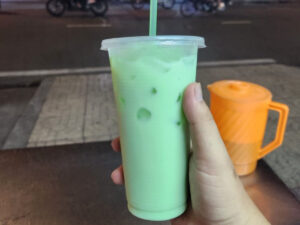
Sữa Đậu Nành Bạc Hà
Made with mint simple syrup or mint leaves

Sữa Đậu Nành Hột Gà
Made with egg yolks
Whether made the traditional or the modern way, sữa đậu nành usually displays the same upsides and downsides. Read on for more information.
Pros and Cons of Drink Sữa Đậu Nành
Sữa đậu nành comes with the following benefits and drawbacks.
Pros
Cons
After learning about these strengths and weaknesses, it’s time to complete your understanding of sữa đậu nành by checkout out the FAQs!




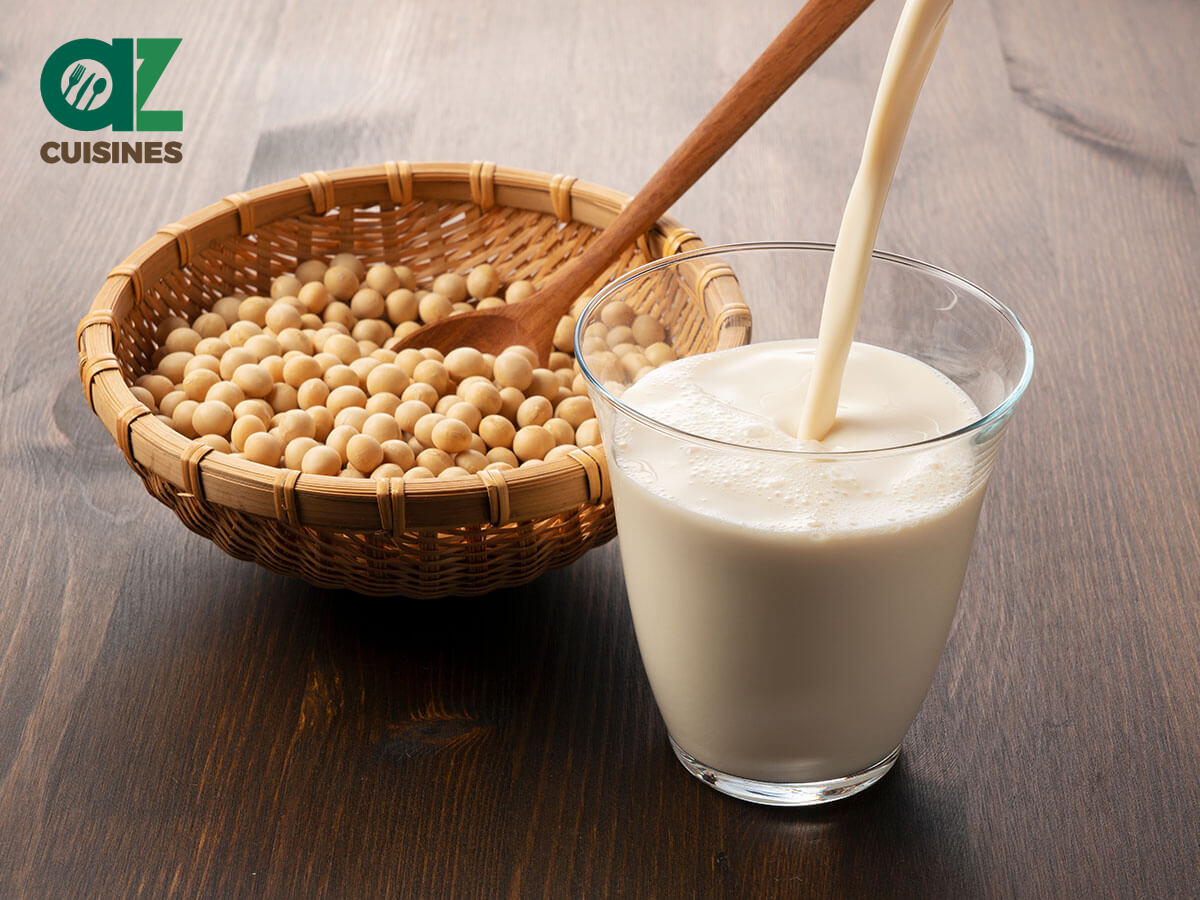

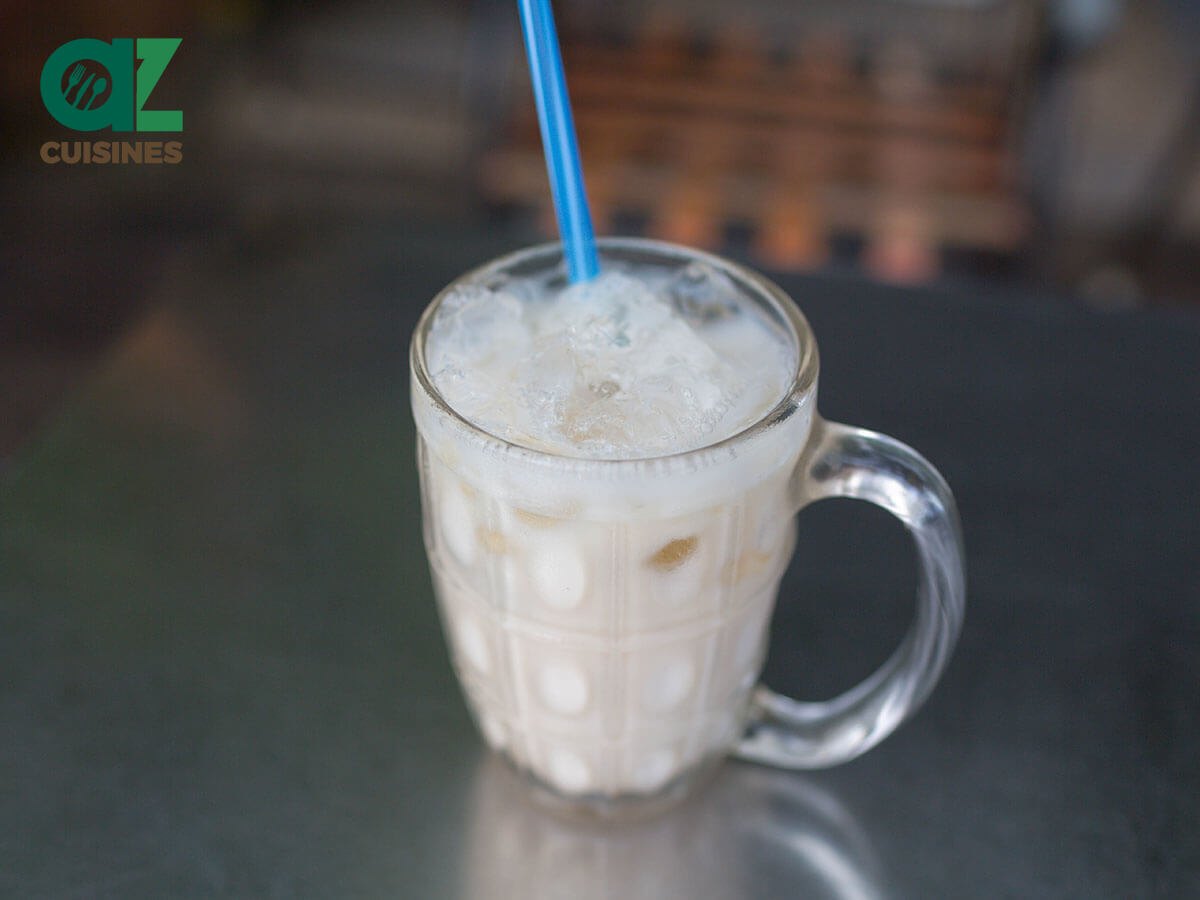
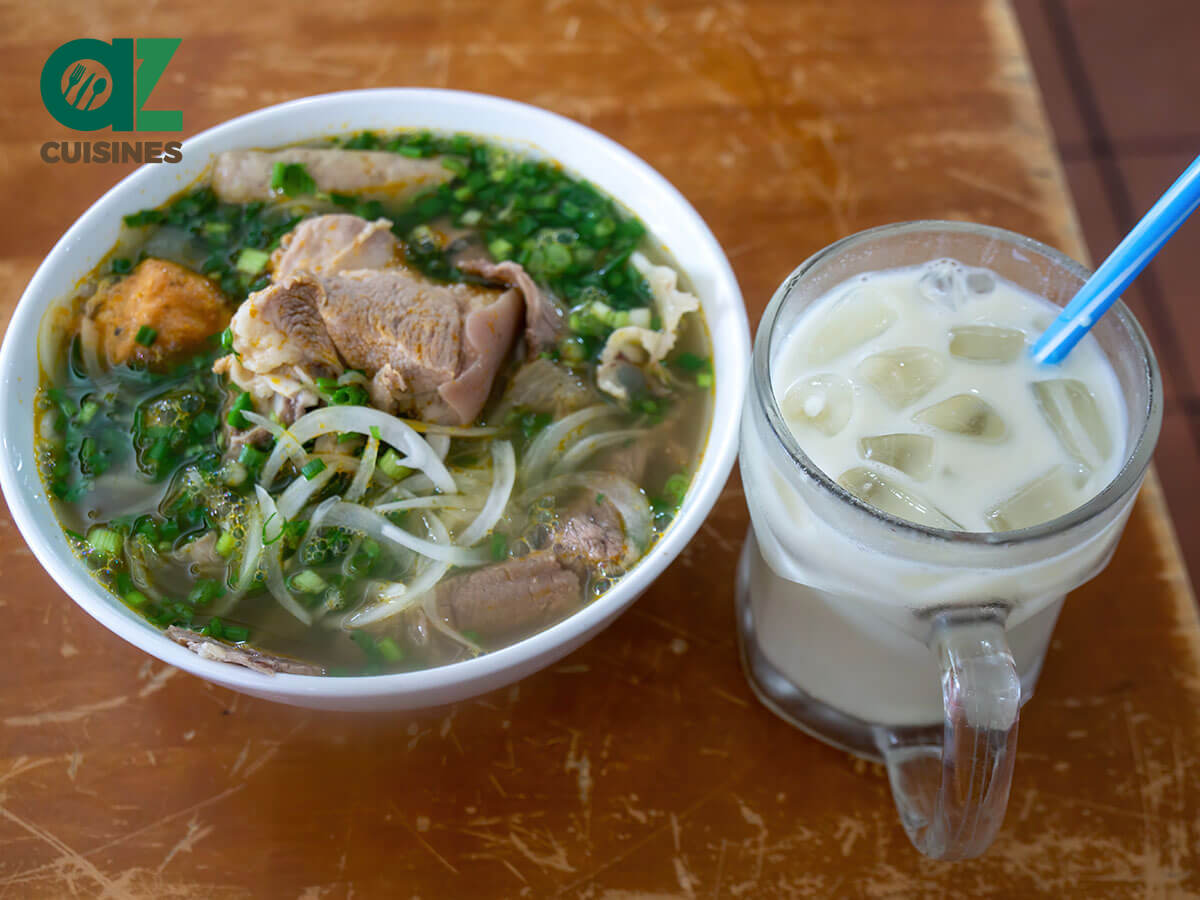
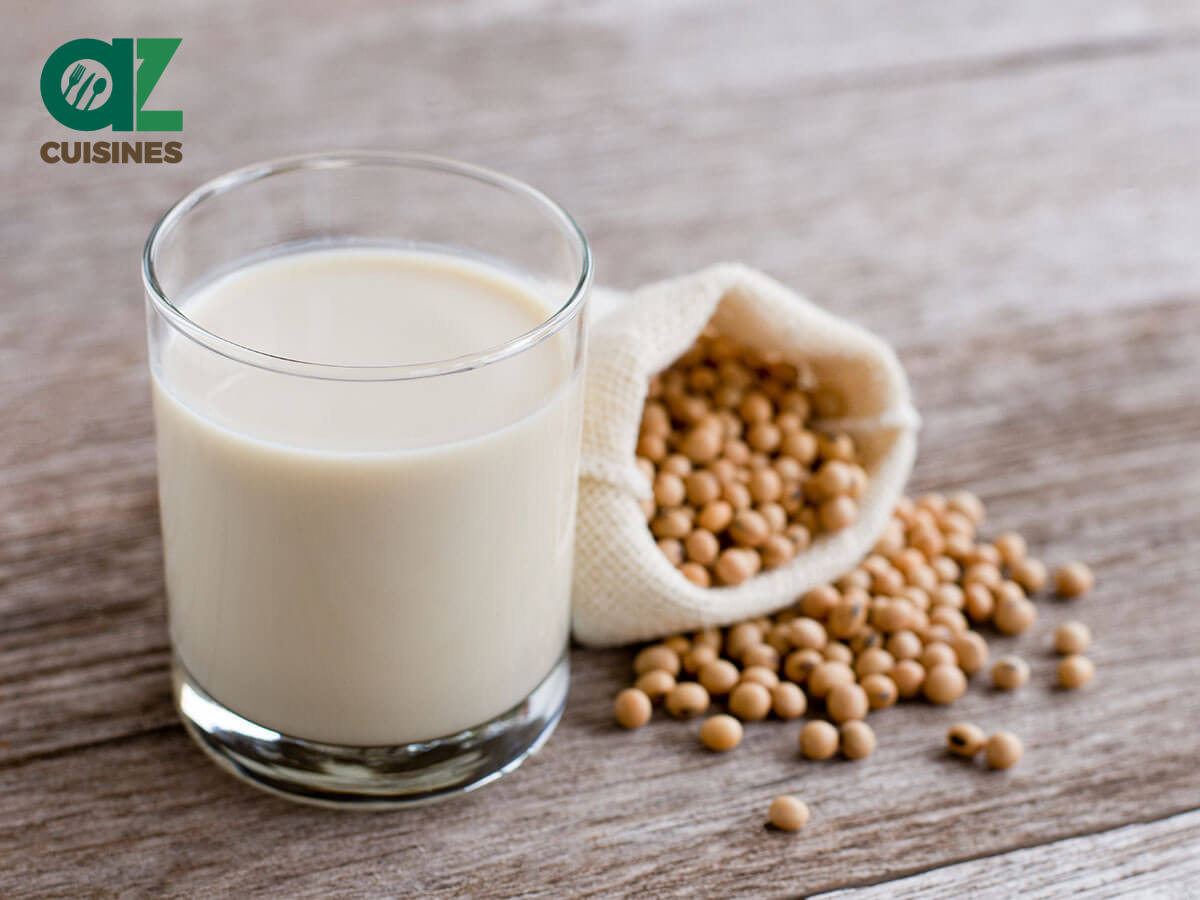
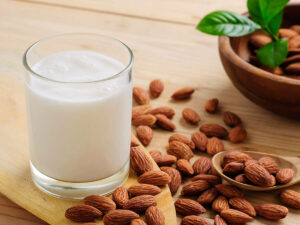
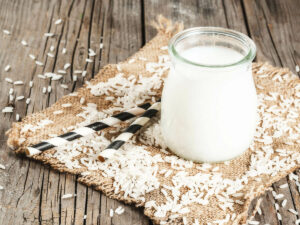
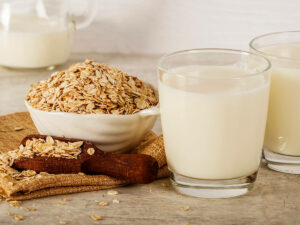

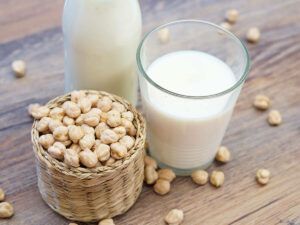
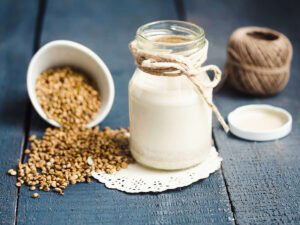
Adam Sam
Senior Food and Drink Editor
Expertise
Food Writer & Recipe Developer, Recipe Tester, Bartender, Cooking-video Maker, Editor In Chief
Education
Adam Sam, an experienced food writer and recipe developer, is passionate about blending diverse culinary traditions, national dishes, and innovative beverages, showcasing his proficiency in both traditional and modern recipe testing.
As the Editor-in-Chief, he elevates culinary content from street food to fine dining, focusing on Western cuisine and types of drinks at azcuisines.com, and is professional in creating engaging cooking videos that simplify complex dishes and ingredients.
His passion for food is evident in his writing, where he uniquely merges various cultures, traditions, and contemporary trends, skillfully combining classic recipes with modern cooking methods.